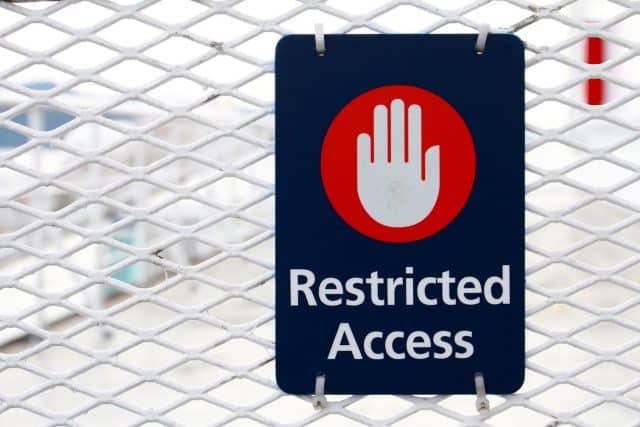Microsoft backtracks on new Content Adaptive Brightness Control feature in Windows 11 -- desktop users to miss out

When Microsoft released the latest Dev build of Windows 11, one of the new additions was Content Adaptive Brightness Control (CABC) -- an energy-saving feature that works by dimming areas of the screen depending on the content that is being viewed. Much was made of the fact that CABC was something that would benefit everyone, including desktop users. But it turns out that this is not actually the case.
Microsoft has now backtracked on its announcement, revealing that CABC is rather more underwhelming than we were first led to believe -- and far fewer Windows 11 users will be able to take advantage of it than first suggested.
See also:
- Microsoft's Windows 12 plans revealed
- Microsoft is testing a new way for Windows 11 users to install free apps and games
- Microsoft is preparing to bring ads to AI-powered Bing Chat
When Microsoft announced Content Adaptive Brightness Control last week, it said: "we are allowing this feature to run on devices such as laptops and 2-in-1’s that are plugged into a charger, as well as on desktop PCs".
This has now changed.
Pay a visit to the original blog post and you will find that various sections of text relating to CABC have been struck through. The first change is as follows:
Starting with this build, we are allowing this feature to run on devices such as laptops and 2-in-1's that are plugged into a charger,
as well as on desktop PCs. For most users, this change won't be noticeable and should reduce energy consumption.
The second edited section reads:
For battery powered devices such as laptops and 2-in-1's, the default is "On Battery Only".
On desktop PCs, this is off by default.We encourage Insiders across laptops, 2-in1's,and desktop PCsto try the "Always" option and give us feedback on the visual quality of CABC so we can ensure it is properly tuned.
To make things clearer (at least slightly), Microsoft adds the following note:
We previously documented this feature working on desktop PCs -- however, it does not. Content Adaptive Brightness Control (CABC) needs to be enabled by the OEM (the manufacturer of the device). As a result, this feature is not available on all laptop or 2-in-1 devices.
It is not apparent quite why there was such a dramatic miscommunication from the company, nor is it known if the changes come because of hardware requirements that were not previously revealed. As ever, time will tell.
Image credit: j-foto / depositphotos

Pingback: Microsoft backtracks on new Content Adaptive Brightness Control feature in Windows 11 — desktop users to miss out – NEUS CORP